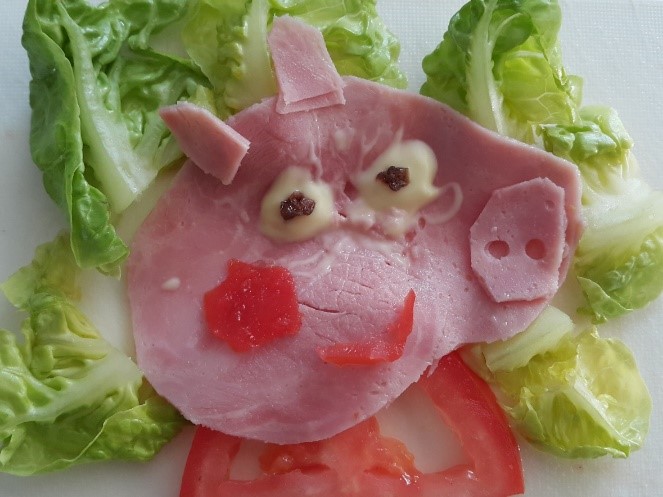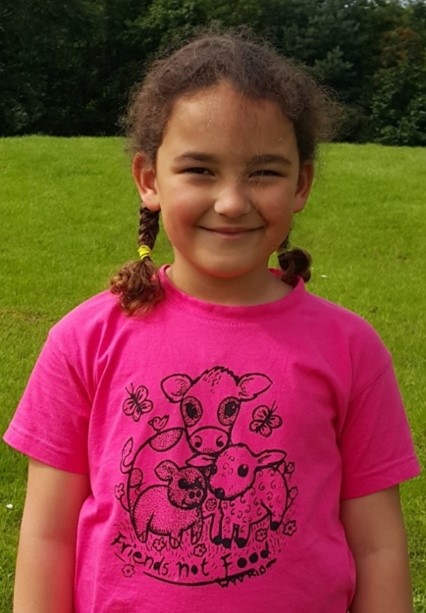Originally published on Everyday Sociology, W.W. Norton & Company, Inc.
Millions of Americans share their homes with dogs, cats, and goldfish. Have you ever considered what their role in human society might be? What about the spider in your bathtub? Are the members of other species persons, pets, or pests?
In the field of sociology, there are various ways of viewing society. Sociologists ascribe to one or more of these perspectives and this affiliation guides their understanding of social processes. For the most part, the social world of study is restricted to humanity. A growing body of research, however, argues that Nonhuman Animals play an important role in human interactions and have certainly shaped our environment. Several sociologists have recognized that the oppression of other animals tends to mirror and even aggravate the oppression of vulnerable human groups. Still, others have argued that, regardless of the impact on humans, Nonhuman Animals deserve consideration in their own right.
The three perspectives highlighted here–functionalist, conflict, and symbolic interactionalist–are fundamental to sociological theory and are helpful in organizing our discourse in Nonhuman Animal rights. Nonhuman Animal rights advocates seek to liberate other animals and end speciesism (the systematic oppression of sentient beings based on their species). Sociological perspectives are relevant to combating speciesism by uncovering the manifestation of Nonhuman Animal oppression in human society. None of these perspectives stand independently, but they influence and react to one another.
Functionalism
The functionalist perspective sees society as a stable ongoing entity. This perspective presumes that social phenomena exist because they are essential to maintain a stable society. In cases where social phenomena are thought to be problematic and detrimental to social institutions, it is expected that society will recognize and respond accordingly. In their view, society is always seeking equilibrium and smooth-functioning.
From this perspective, speciesism might be seen as beneficial to society. Nonhumans are thought to be invaluable in providing food, labor, companionship, entertainment, and scientific advancement. In particular, speciesism might be seen as integral to our current economic system. Certainly, we see this argument in countermovement claims in response to Nonhuman Animal rights mobilization (scientists and “meat” packers, for example). Functionalism often reflects traditional values and fails to see problematic inequalities and injustices. While society is dominated by this perspective, it thus leaves itself vulnerable to critique.
The Nonhuman Animal rights movement is divided between two major factions: Those who seek to reform Nonhuman Animal use (what theorists have referred to as “welfarism”) and those who seek to end Nonhuman Animal use (often labeled “abolitionists”). We can see how the functionalist Cowperspective lingers in welfarist ideology. Welfarists reject the radical social restructuring that is so essential to abolitionism. Instead, mainstream Nonhuman Animal rights (which includes groups like PETA and the Humane Society of the United States) seeks to adjust animal use to “remedy” outstanding problems and restore the system to equilibrium. This largely manifests in legislation and welfare reform like the ban on highly confining gestation crates for sows in the “pork” industry.
Abolitionists, on the other hand, call for a complete abandonment of these speciesist institutions that challenge social stability. Abolitionists might also ascribe to functionalism if they take the perspective that speciesism represents a dysfunction and must be removed to ensure society’s durability. Indeed, the moral inconsistencies, violence, health problems, and environmental destruction associated with speciesism would represent social dysfunction.
Conflict
Conflict theorists see society as made up of many groups in conflict and in competition for scarce resources. The conflict perspective recognizes that significant inequalities exist and they are reinforced by power differentials and privileges. There is often the assumption that this inequality and oppression should be challenged in favor of an egalitarian society.
Understandably, this perspective is heavily adopted by the Nonhuman Animal rights movement. Most recognize that Nonhumans exist in a state of terrible exploitation and drastic social change is needed to eradicate that inequality. Abolitionists in particular recognize that speciesism is a critical issue that reflects human-animal dominance over nonhumans. Speciesism upholds humanness as the norm and protects human power and privilege. Nonhumans are reduced to resources and are exploited at the benefit of human society.
Symbolic Interactionalist
Symbolic interactionalists are interested in the creation of meaning and symbols. As such, they focus on every day, routine interactions among groups and individuals that are generally taken for granted or understood as “common sense.” This perspective highlights the social construction of sociological phenomena such as race, gender, and class. While much of society is socially constructed, however, it is recognized that meanings are real in their consequences. Reality is subjective, rather than objective, and is created through interactions.
In application to speciesism, symbolic interactionalists would recognize that species is a social construct. Nonhumans are symbolically created as the “other.” What is “human” and what is “animal” is an arbitrary, subjective categorization. Accordingly, this perspective also explores the power of language to reinforce oppression and inequality. In addition to the negative consequences associated with labeling Nonhumans as “animals,” we see the power of derogatory language in upholding that otherness, fostering stereotypes, and justifying domination in words and insults like “beast,” “rat,” “scaredy-cat,” “chicken,” “cow,” “whale,” “pig,” and so on. Speciesism becomes invisible—it becomes a taken for granted reality. The interactionalist approach would also take a critical look at the role of media in creating and maintaining the symbolic representation of Nonhumans. For instance, other animals are routinely portrayed as willing participants in their exploitation. Or, more commonly, they are presented as mere objects: flesh, skin, or pets. As a powerful agent of socialization, the media normalizes our use of nonhuman animals through these speciesist portrayals.
Intersections between the Perspectives
While theorists and activists might ascribe to one particular sociological perspective, it is not realistic to engage one without recognizing the influence of the others. Indeed, there is a substantial overlap between the three. That said, in our advocacy, it is important to consider how speciesism contributes functionally (or dysfunctionally) to society, how it represents inherent societal conflict and inequality, and how it is supported (and how it might be challenged) through social constructions of meaning that varies by culture and over time.



